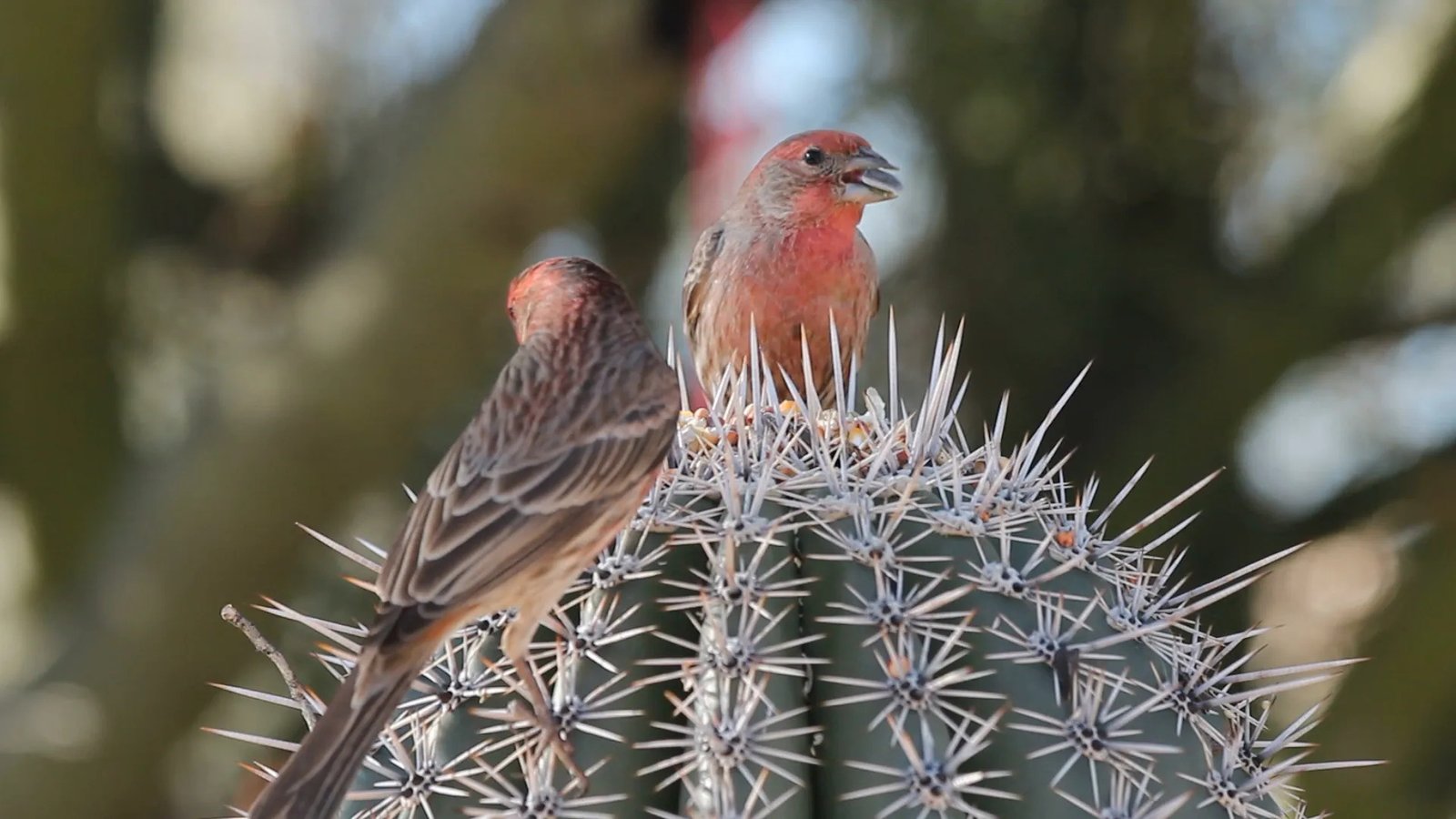The Unfolding Tapestry: Adaptation and Evolution in Living Organisms
Evolution, the fundamental process of change in the heritable characteristics of biological populations over successive generations, is the grand narrative of life on Earth. At the core of this narrative lies adaptation, the mechanism through which organisms become progressively better suited to their environments, thereby enhancing their prospects for survival and reproduction. This intricate interplay is not a directed march towards a predetermined goal but a dynamic and contingent process sculpted by a suite of powerful natural forces. Understanding this process requires a deep appreciation for its genetic underpinnings, its diverse physical and chemical manifestations, and the complex ecological interactions that drive its relentless progression. The result is the breathtaking diversity of life, a testament to nearly four billion years of evolutionary innovation.
The engine of evolutionary change is fueled by several interacting mechanisms that generate and filter genetic variation. While mutation provides the raw, random variation in the DNA sequence, it is the interplay between natural selection and genetic drift that largely dictates which variations persist and proliferate. Natural selection, as Darwin articulated, is the non-random process where traits that confer a reproductive advantage in a specific environment are favored and become more common. In contrast, genetic drift describes random fluctuations in allele frequencies due to chance events, a force most potent in small populations. [1][2] Drift can lead to the fixation of neutral or even mildly deleterious alleles, sometimes opposing the directional force of selection. [1] The founder effect, where a new population is established by a few individuals, is a stark example of drift; the new group’s gene pool may, by chance, differ significantly from the source population. [2] Gene flow, the transfer of genes between populations, can introduce new genetic variants, providing fresh material for selection, but can also homogenize distinct populations, potentially impeding local adaptation. [3] The complex interaction of these forces was demonstrated in classic experiments with Drosophila pseudoobscura, where flies from different geographic origins were hybridized. In small founding populations, genetic drift played a significant role in determining the initial gene combinations, which natural selection then acted upon, leading to divergent evolutionary paths among the populations. [4]
The outcomes of these evolutionary mechanisms are tangible in the structural and physiological adaptations of organisms. A profound example of physiological innovation is Crassulacean Acid Metabolism (CAM) photosynthesis, an adaptation to arid environments. [5][6] To minimize water loss, CAM plants like cacti and pineapples keep their stomata (leaf pores) closed during the hot day. [6] At night, they open their stomata to fix atmospheric carbon dioxide into a four-carbon acid, malic acid, which is stored in cellular vacuoles. [5][7] During the day, this stored acid is broken down, releasing CO2 internally for the Calvin cycle to proceed, all while the stomata remain shut. [6] Another critical area of adaptation is the evolution of complexity, such as in venom. Venom is not a single substance but a complex cocktail of proteins and peptides that has evolved repeatedly across the animal kingdom. [8][9] In North American pitvipers, for instance, venom complexity is strongly correlated not just with the number of prey species, but with the phylogenetic diversity of their diet. [10] This suggests that as prey species diverge, predators must evolve a more varied arsenal of toxins to effectively target different physiologies, driving the evolution of a more complex venom profile. [10][11] This process often involves gene duplication, where an ancestral toxin gene is copied, allowing the new copy to mutate and acquire novel functions without compromising the original, leading to a diversified chemical arsenal. [12]
Adaptation extends beyond physical structure and into the realm of behavior and intricate species interactions. Behaviors can be innate, meaning they are genetically determined and do not require learning, or they can be learned through experience. [13][14] Innate behaviors, such as fixed action patterns, are crucial when there is no room for error, like a newborn’s suckling reflex. [13][15] Learned behaviors provide flexibility, allowing organisms to respond to changing environmental conditions. [16][17] The capacity to learn is itself an evolved trait, shaped by natural selection. [16] These adaptations often evolve in the context of other species, a process known as co-evolution, where two or more species reciprocally influence each other’s evolution. [18][19] A dramatic example is the evolutionary arms race between the highly toxic rough-skinned newt (Taricha granulosa) and the common garter snake (Thamnophis sirtalis). [20][21] The newt produces a potent neurotoxin (tetrodotoxin, or TTX) in its skin as a defense. [21] In response, some garter snake populations have evolved mutations in their sodium channel genes, conferring resistance to the toxin. [21] This creates reciprocal selective pressure: more toxic newts are more likely to survive predation, and more resistant snakes are more likely to successfully eat a newt. [22] This dynamic has resulted in geographic “hotspots” where newts are exceptionally toxic and snakes are extraordinarily resistant, showcasing a tightly coupled co-evolutionary struggle for survival. [22][23]
In conclusion, adaptation is not merely the acquisition of beneficial traits but a multifaceted outcome of evolution’s relentless sorting of genetic novelty. From the intricate biochemistry of a plant conserving water in a desert to the deadly molecular arms race between a predator and its prey, the evidence for these processes is overwhelming. A crucial concept is exaptation, where a trait that evolved for one purpose is co-opted for a new function, such as feathers evolving for insulation before being used for flight, highlighting evolution’s opportunistic nature. [24][25] This dynamic interplay of random events like mutation and drift, coupled with the non-random pressure of natural selection and the reciprocal demands of co-evolution, has generated every form, function, and behavior in the living world. Understanding these principles is not just an academic exercise; it is essential for addressing critical challenges like the evolution of antibiotic resistance in bacteria and conserving the planet’s rich biodiversity in the face of environmental change. [26][27]



